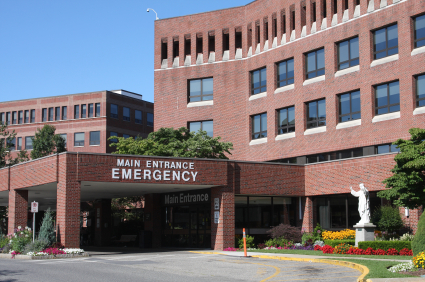CMS Seeks to Slow “Meaningful Use” Timetable
The federal government has proposed extending the deadlines for health care providers to demonstrate “meaningful use” of health information technology and receive supplemental Medicare and Medicaid payments to help pay for the acquisition and implementation of that technology.
As proposed by the Centers for Medicare & Medicaid Services (CMS), Stage 2 deadlines for demonstrating use of electronic health records, originally set for 2014, would be pushed back to 2016 and Stage 3 deadlines, currently in 2016, would begin in 2017 for qualified providers.
 Funding for the supplemental payments comes through the 2009 Health Information Technology for Economic and Clinical Health (HITECH) Act.
Funding for the supplemental payments comes through the 2009 Health Information Technology for Economic and Clinical Health (HITECH) Act.
Learn more about the program and why CMS is proposing a delay in this explanation on the CMS web site.







